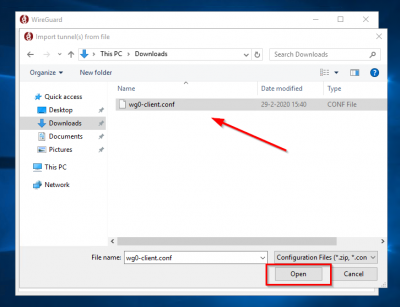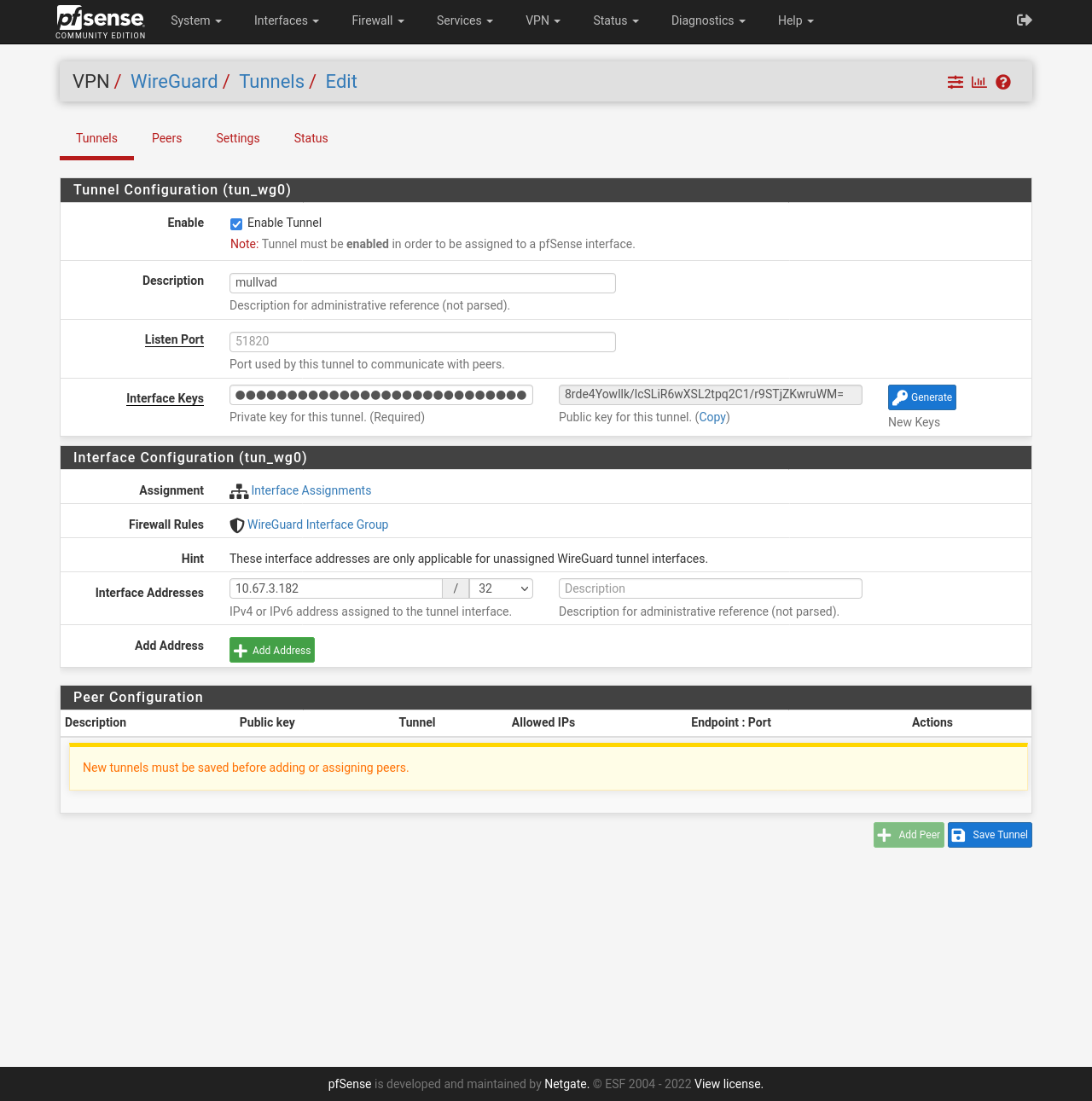

It’s a matter of personal taste, but I find the instructions in that guide too verbose. But I tried to strike a different balance regarding the brevity of the instructions compared to the pfSense guide. My goal was to create a comprehensive guide that’s easy to follow. As my notes grew, I decided to publish them as a guide on my website. Some options moved to different menus or changed. To configure OPNsense, I followed the instructions of the pfSense guide, taking notes on the differences. The only thing I regret about the purchase is that I now can’t afford the sexier-looking successor model, the DEC690. Albeit expensive and possibly overkill for my needs, I’m happy to support the open-source mission of Deciso, the maintainers of OPNsense. I bit the bullet and bought the Deciso DEC630 appliance.

After researching for weeks, I decided to use OPNsense instead of pfSense. I found that guide two years ago and immediately fell in love with the network setup. The title of this guide is an homage to the pfSense baseline guide with VPN, Guest, and VLAN support that some of you guys might know, and this is an OPNsense migration of it. I have enabled the port to go through the firewall in the Google Cloud console aswell.This beginner-friendly, step-by-step guide walks you through the initial configuration of your OPNsense firewall. I have opened a port on the Mullvad page which is the same port as the Wireguard server (triple checked this) and I am using the IP of the Mullvad server as endpoint to connect to. However, when I connect to Mullvad through the CLI, I lose all access to the VM (which I expected), but I can't connect to the Wireguard server anymore.

Everything works and traffic goes through smoothly. I can connect to the Wireguard server just fine once the interface is up. I do this so I can install a Pi-Hole instance aswell as an Unbound instance. I plan to host a Wireguard server on a Google Cloud VM (Ubuntu), which is then connected to my VPN provider (In this case, Mullvad).


 0 kommentar(er)
0 kommentar(er)
